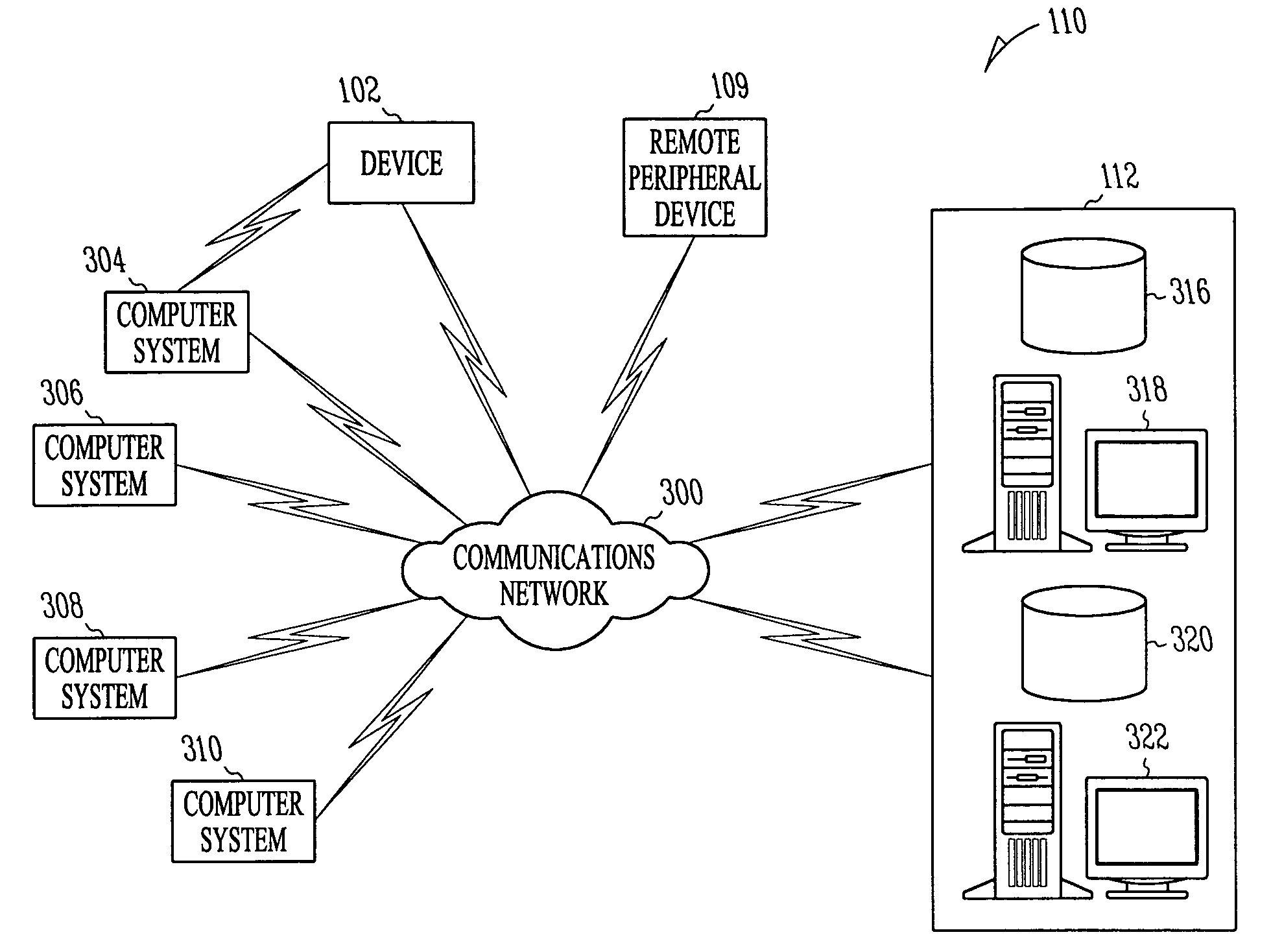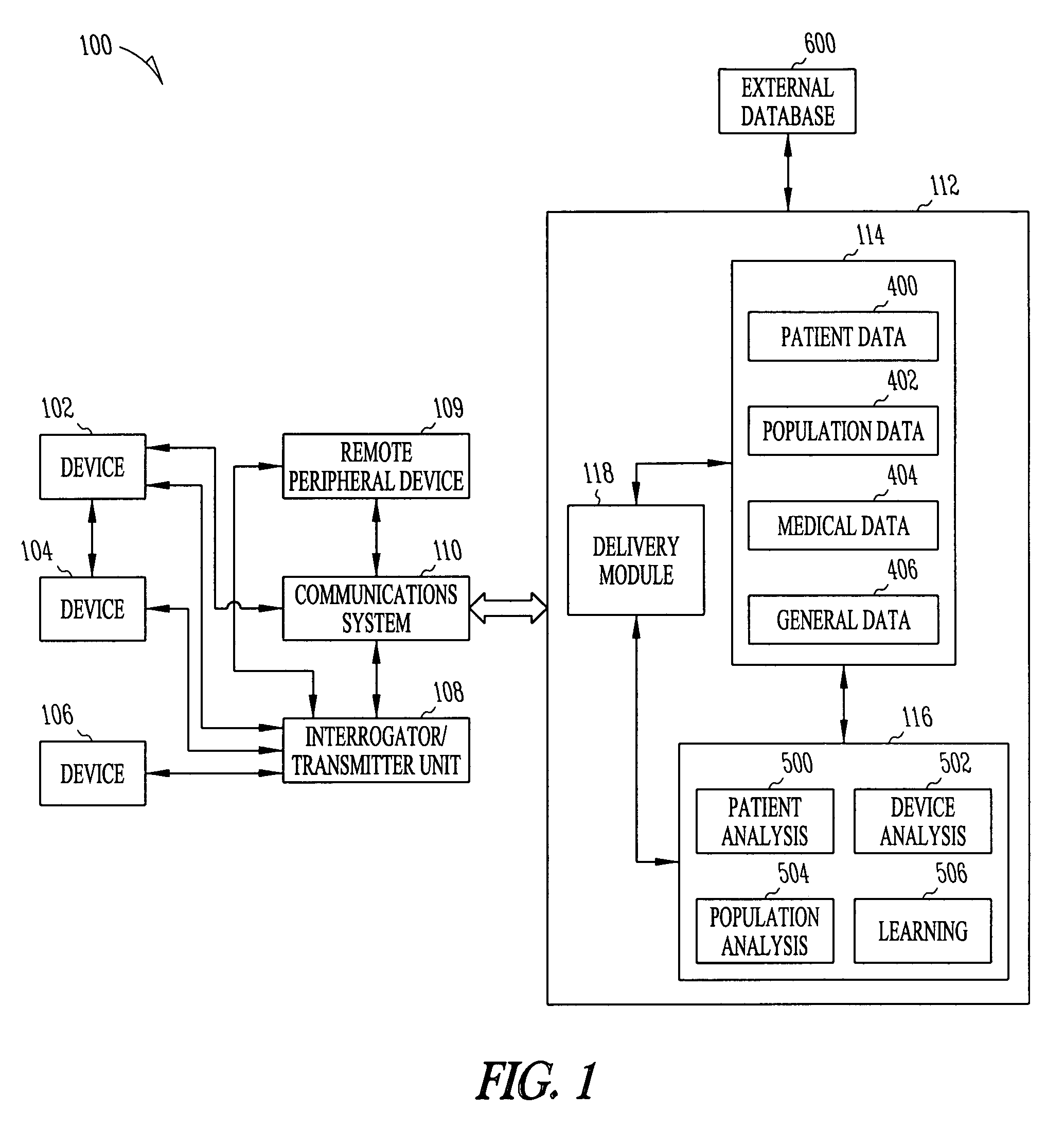Device communications of an implantable medical device and an external system
- Summary
- Abstract
- Description
- Claims
- Application Information
AI Technical Summary
Benefits of technology
Problems solved by technology
Method used
Image
Examples
Embodiment Construction
[0031]Prior to discussing the devices and communication protocols of the embodiments of the present invention, an example of an advanced patient management system is discussed to provide an example of an environmental context for the embodiments of the present invention. However, it is to be understood that the advanced patient management system described herein in conjunction with the embodiments of the present invention is only one example of an operating environment and it not to be taken in a limiting sense. For example, the embodiments of the present invention involving communication between an external device and an implantable medical device may operate without further interaction with an advanced patient management system and its associated communication system. The devices and communication protocols of the embodiments of the present invention are discussed below with reference to FIGS. 5–16 in section V. DEVICE COMMUNICATIONS.
[0032]An advanced patient management system is ...
PUM
 Login to View More
Login to View More Abstract
Description
Claims
Application Information
 Login to View More
Login to View More - R&D
- Intellectual Property
- Life Sciences
- Materials
- Tech Scout
- Unparalleled Data Quality
- Higher Quality Content
- 60% Fewer Hallucinations
Browse by: Latest US Patents, China's latest patents, Technical Efficacy Thesaurus, Application Domain, Technology Topic, Popular Technical Reports.
© 2025 PatSnap. All rights reserved.Legal|Privacy policy|Modern Slavery Act Transparency Statement|Sitemap|About US| Contact US: help@patsnap.com



